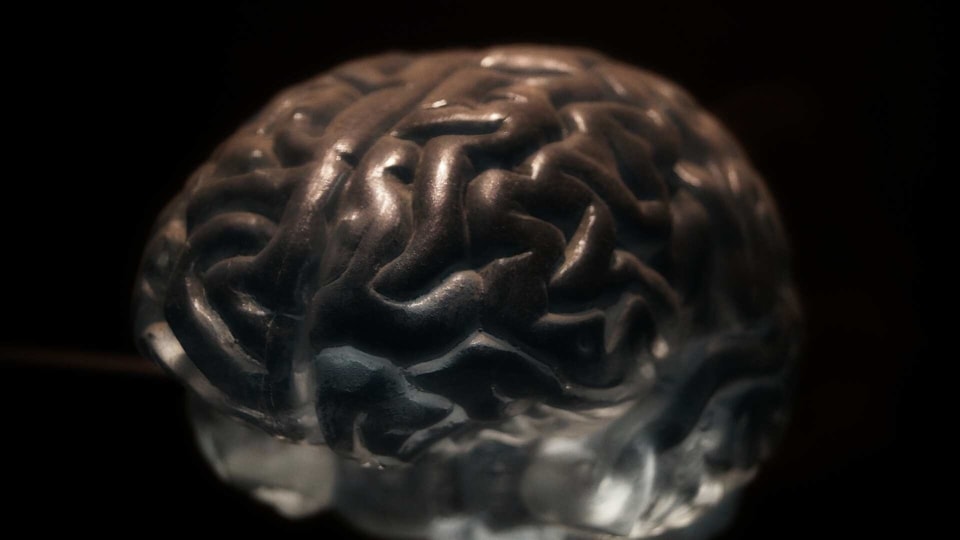MIT has developed a mechanical system that can trigger neural responses
The neural responses are triggered via a contact-free method and this could help create new therapies for diseases like Parkinson’s etc.

The human body and the neural cells respond to mechanical effects like pressure and vibration much like it does to electrical and chemical effects. So far, researchers have found it tricky to study these mechanical effects. However, that's going to change now.
Scientists at MIT have found a way to study these mechanical effects. The MIT study, published in ACS Nano, shows that thanks to their findings, typical neurostimulation methods will no longer require an external wired connection. The new system becomes entirely contact-free once the initial particles are injected. Post that a magnetic field can be used to reactivate as and when needed.
This new method opens up a way to stimulate nerve cells that was largely being done thus far by chemical systems by the use of pharmaceuticals or by using electrical pathways through wires linked to the body. The new mechanical system activates different pathways to the neurons.
The team at MIT focused on a specific group of neurines that have the dorsal ganglion which are particularly sensitive to mechanical forces. And they used mini discs that are only 100 nanometers wide with a specific magnetic property.
These discs can be made and injected in large quantities and thus collectively they are strong enough to activate a cell's pressure receptors.
"This is a very first demonstration that it is possible to use these particles to transduce large forces to membranes of neurons in order to stimulate them," said Polina Anikeeva, associate professor at Boston's Brigham and Women's Hospital, who was a part of the study.
“That opens an entire field of possibilities. … This means that anywhere in the nervous system where cells are sensitive to mechanical forces, and that's essentially any organ, we can now modulate the function of that organ,” she added.
Catch all the Latest Tech News, Mobile News, Laptop News, Gaming news, Wearables News , How To News, also keep up with us on Whatsapp channel,Twitter, Facebook, Google News, and Instagram. For our latest videos, subscribe to our YouTube channel.


























